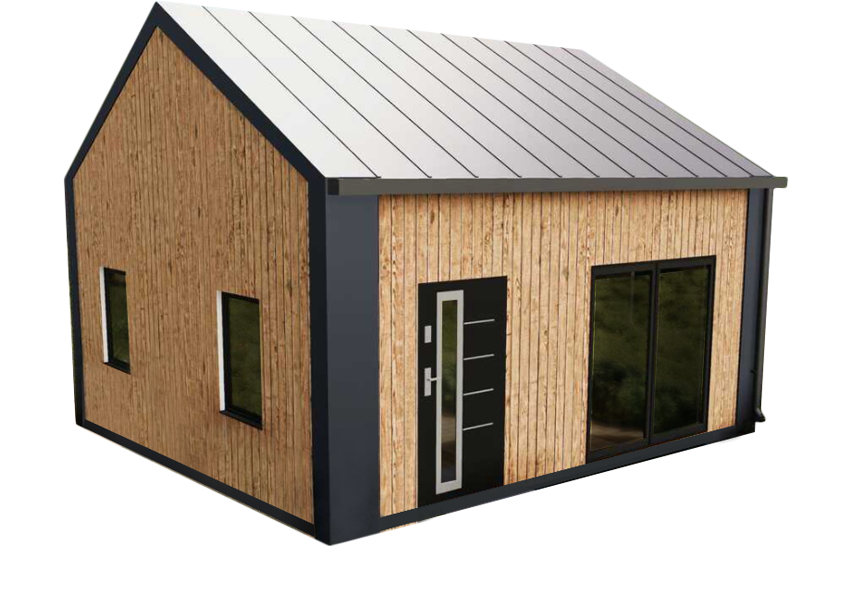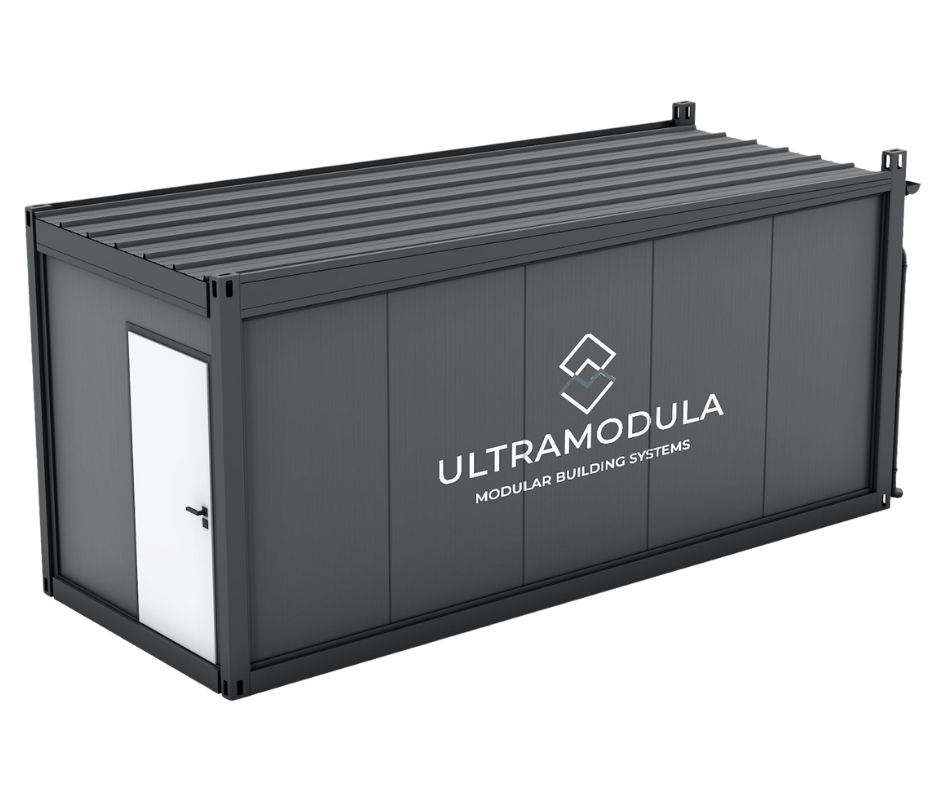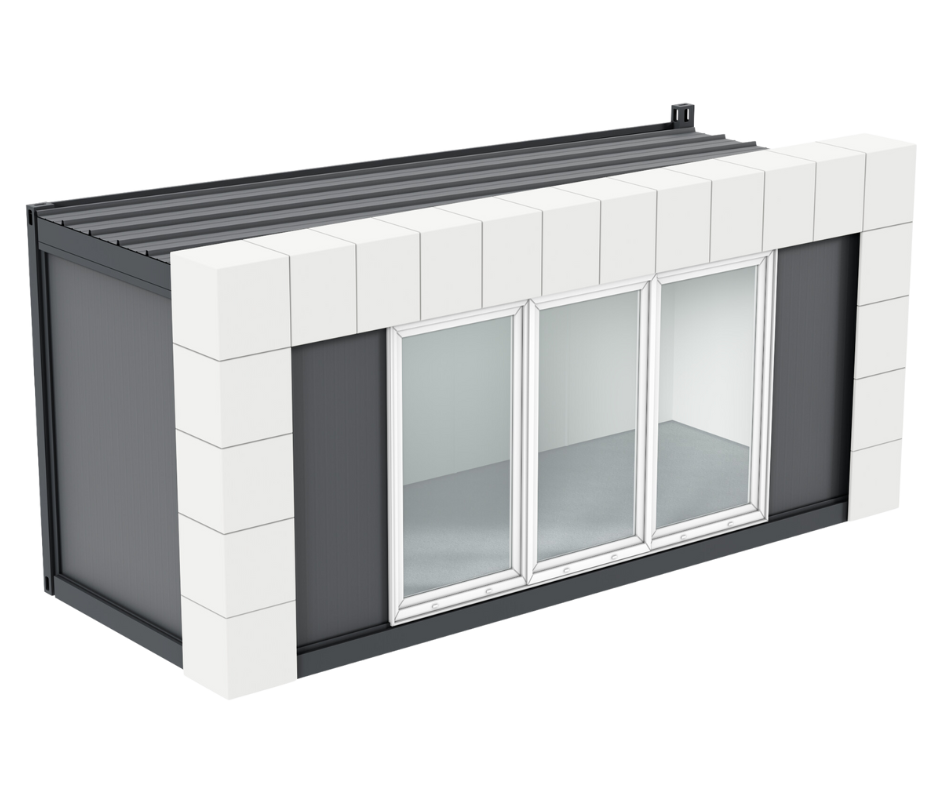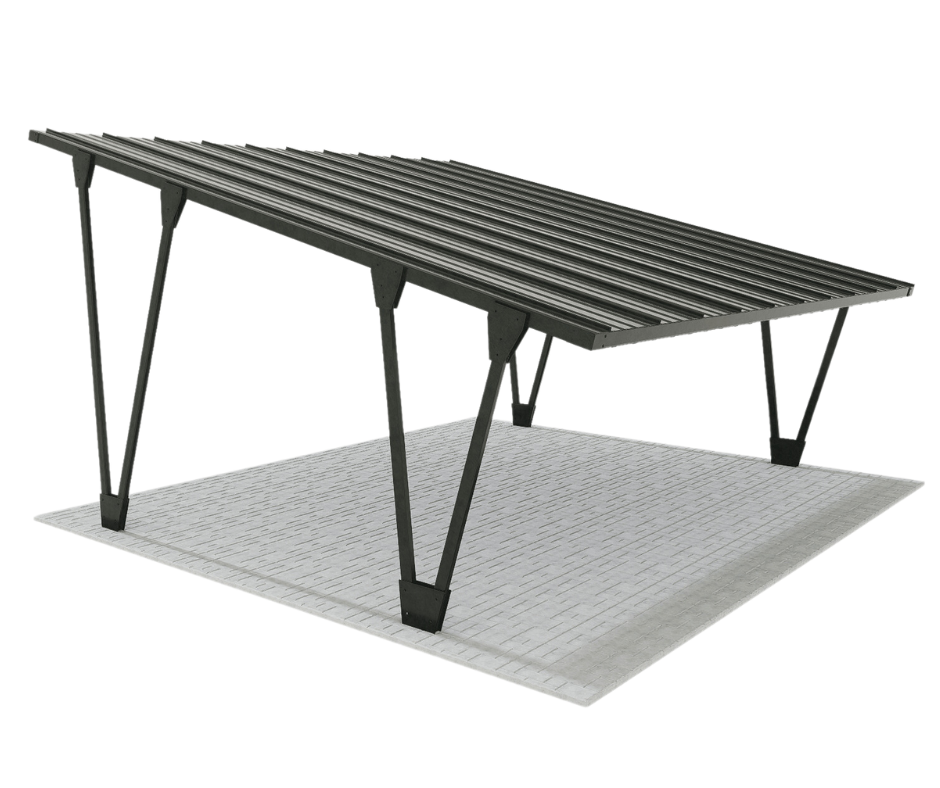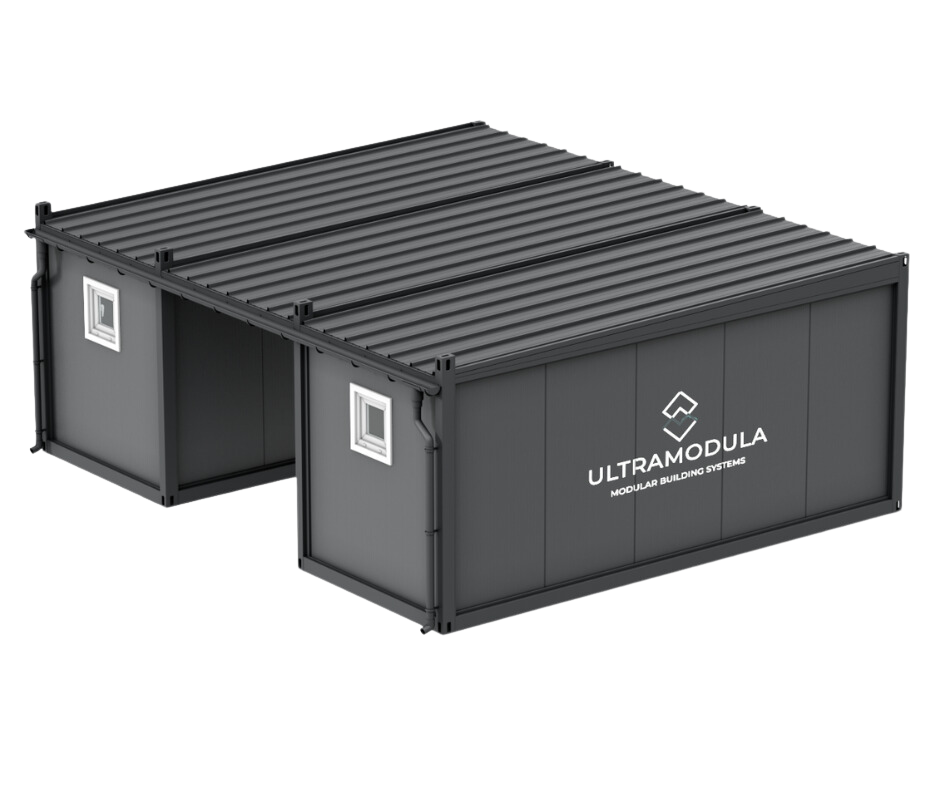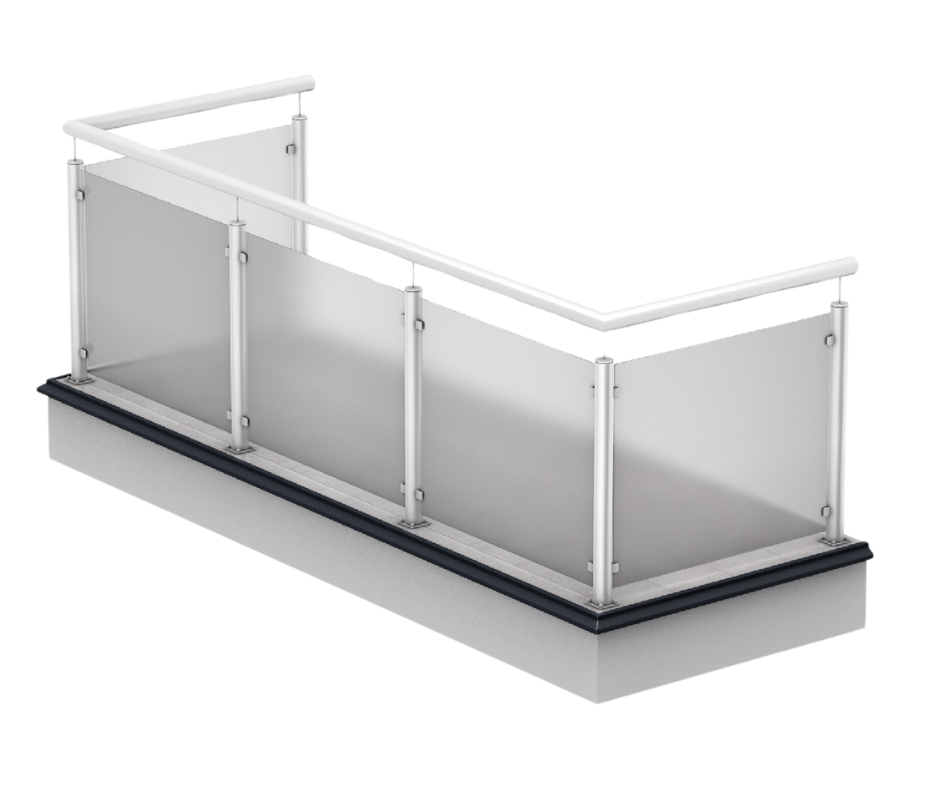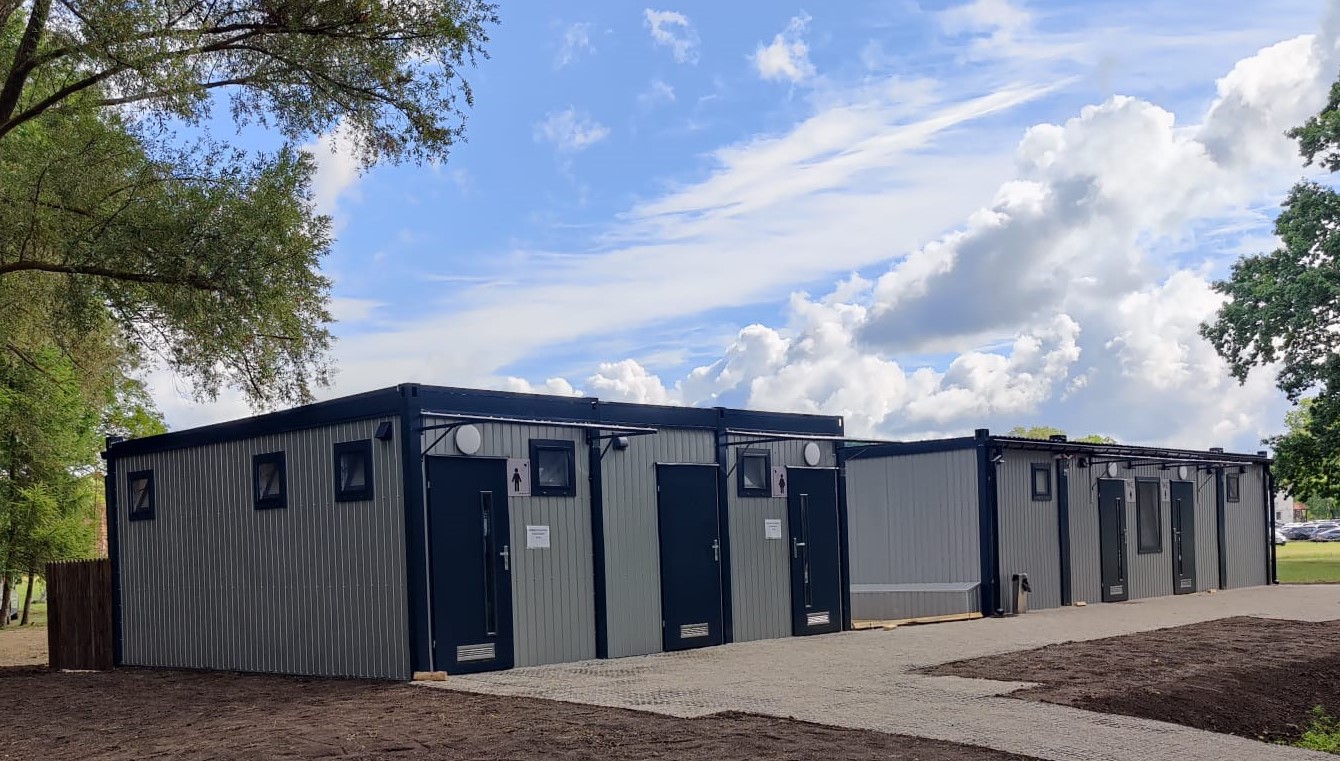Containers – these metal boxes that we usually associate with the transport of goods have found unexpected uses as elements of creating public spaces. From parks to playgrounds, from squares to markets, containers are becoming an increasingly popular and versatile tool in shaping our cities.
A new look at the architecture of public spaces
Traditionally, designing public spaces involves a number of challenges, including costs, logistics and regulations governing urban development. However, use containers as architectural elements changes these rules, offering an innovative approach to design.
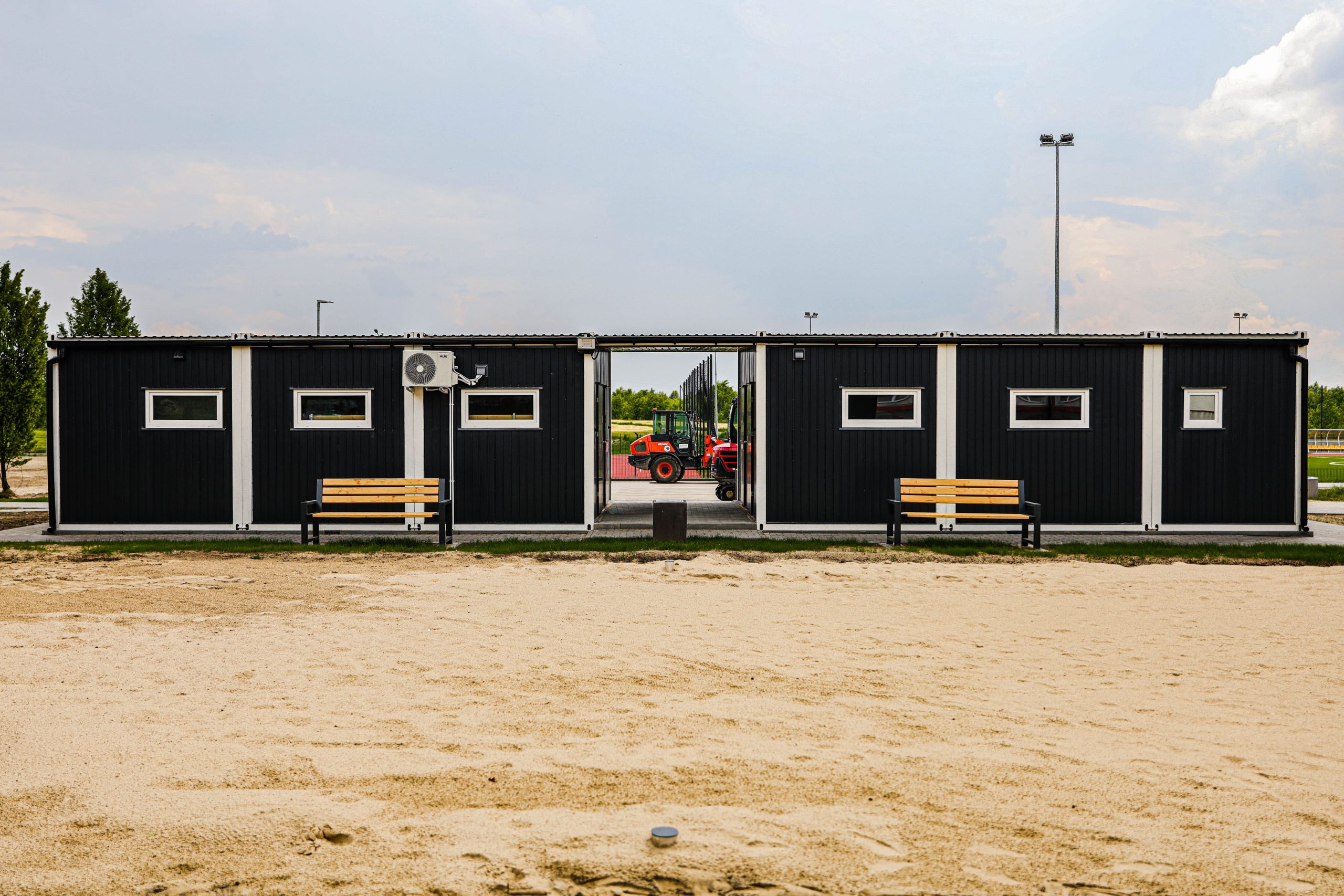
Containers Satan | Ultramodula
Flexibility and mobility
One of the main advantages of containers is their mobility. They can be easily moved and adapted to various needs. Parks, social and even municipal facilities gardens can be easily implemented by combining and arranging containers in an appropriate way.
Speed of implementation
Classic public space designs often require a long-term planning process construction. Containers offer a faster alternative. Thanks to their ready-made structure and ease of installation, it is possible to create a new public space in a shorter time, which translates into faster benefits for the community.
Containers in action: parks, squares, playgrounds
Containers have been used in various types of public spaces, positively influencing the lives of local communities.
City Parks: Many cities rely on the use of containers to create original city parks. Various containers can be used as cafes, art galleries or social meeting places. The flexibility of containers allows for quick adaptation of the space to various seasonal events or festivals.
Squares and social facilities: City squares that were once wastelands can become dynamic social spaces thanks to containers. They can serve as meeting places, educational facilities or food stands, adding new life and energy to the urban environment.
Playgrounds: Containers also work great as playground elements. Their modular design allows you to create a variety of attractions, from creative playgrounds for children to places for active recreation for adults, such as climbing walls or yoga spaces.
The use of containers as elements of public spaces opens up new possibilities in designing and shaping cities. Their flexibility, mobility and speed of implementation make them an attractive choice for architects and urban planners looking for innovative solutions for better use of urban spaces. Containers not only transform the urban environment, but also stimulate social life, adding new dynamics and character to urban spaces. Looking into the future, it is worth paying attention to the potential of containers as a tool for shaping our urban environment.

